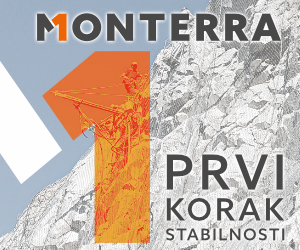Combining capital grant and availability payment to keep toll rates affordable
Last modified: 2023-06-05
Abstract
Priority highway PPP projects may require toll rates above the affordability level of road users, particularly when construction costs are relatively high and traffic volumes are relatively low. The provision of capital grants and/or availability payments to the concessionaire (i.e., the private partner) by the government (i.e., the public partner) would reduce the toll rate required to attract private investors for the project. Such projects, where the sources of revenue to the private partner (or concessionaire) include both the users of the facility and the government, are usually called hybrid PPPs.
A key step in assuring that a proposed PPP highway project would attract private investors is to determine whether financial public support would be required, and if so, how much. To this endeavor, this paper reviews and applies a hybrid PPP financial model for highways that facilitates carrying out projects' financial viability by decision makers and practitioners.
A numerical case study is used to illustrate applications of the model to conditions deemed representative of Southeastern European countries. The main outputs generated by the model include the project’s internal rate of return, equity internal rate of return, annual debt service coverage ratio, and the present value of the government’s cash flow. A sensitivity analysis carried out shows the impact of key input parameters on the main outputs.
While the financial model discussed has been developed for roads, it can also be adapted to other forms of transport infrastructure, such as rail.









